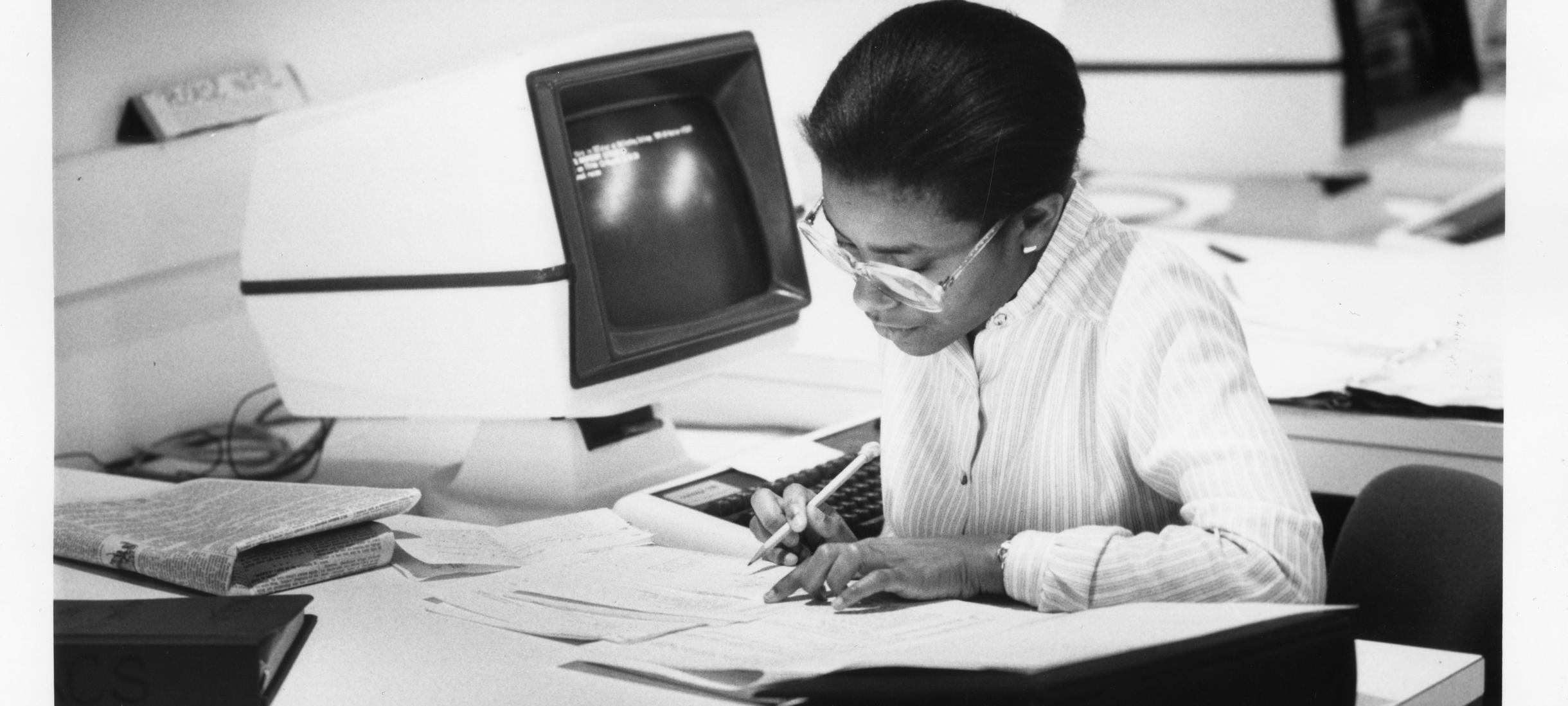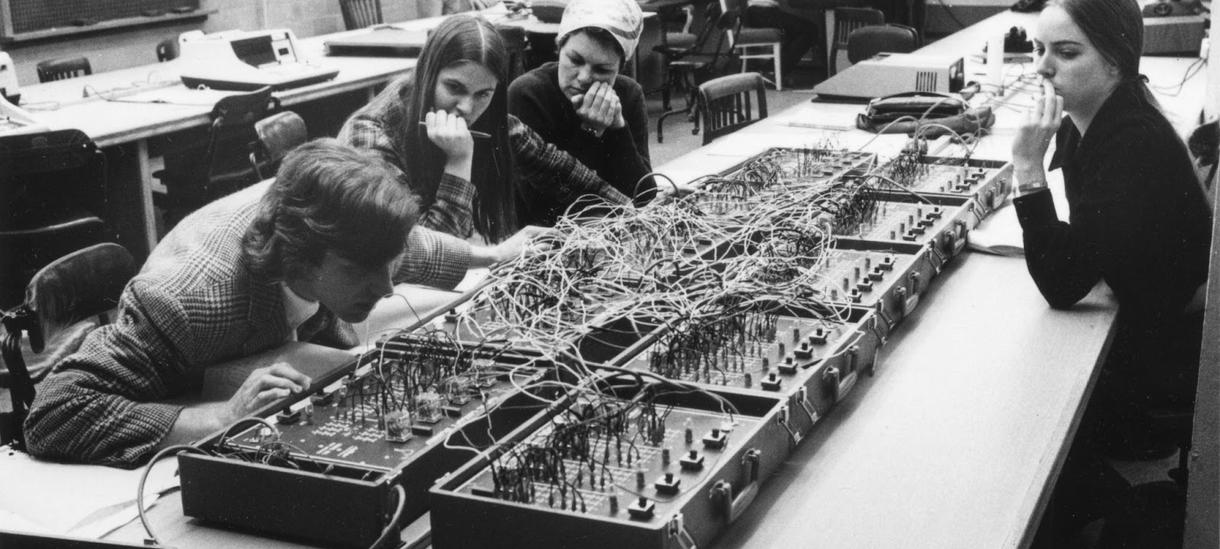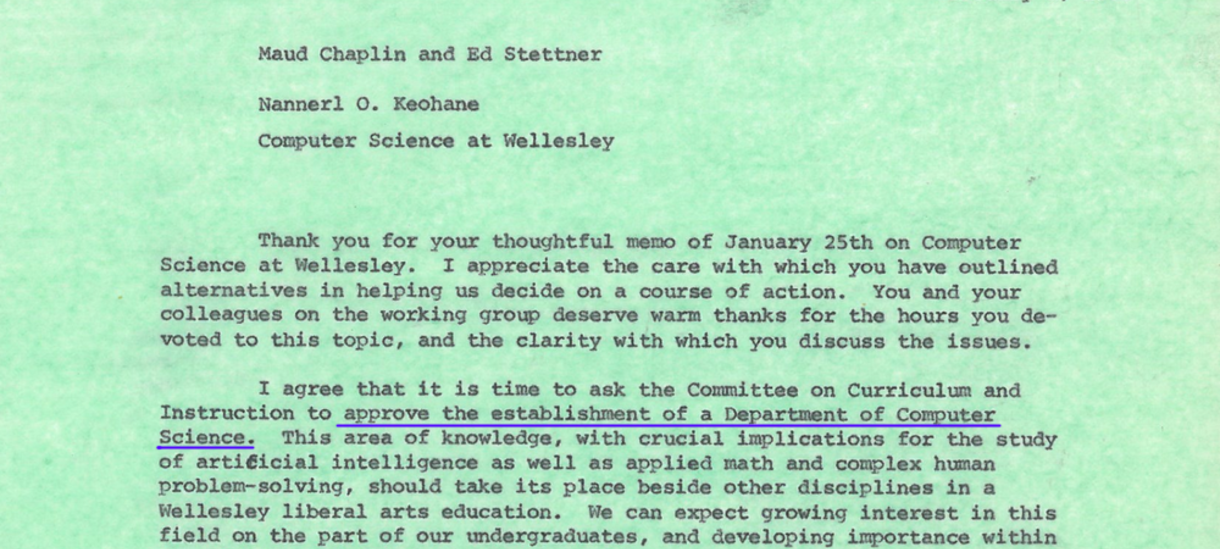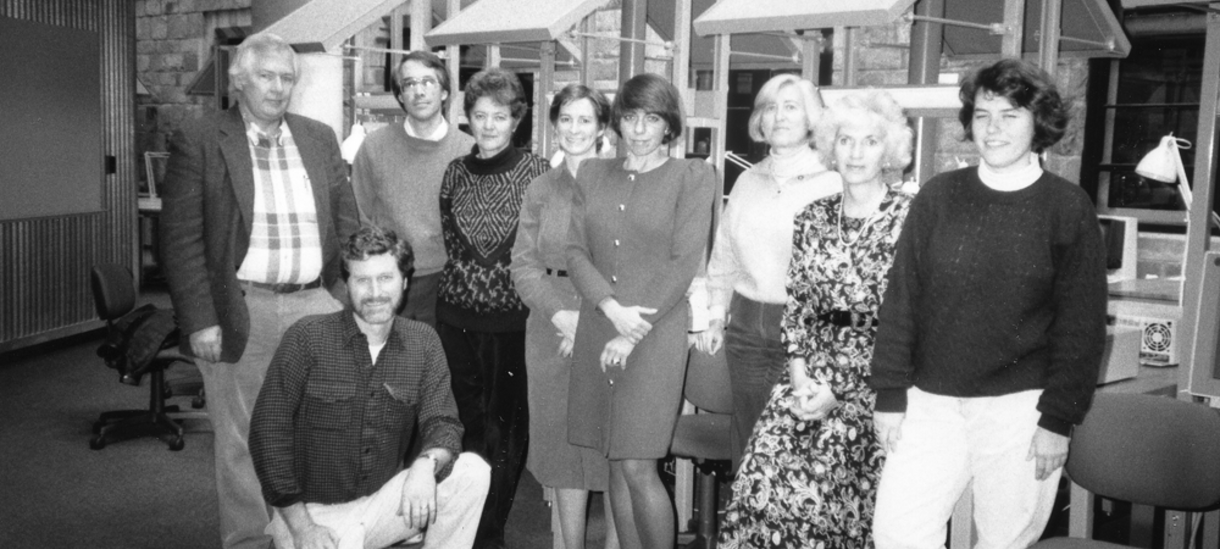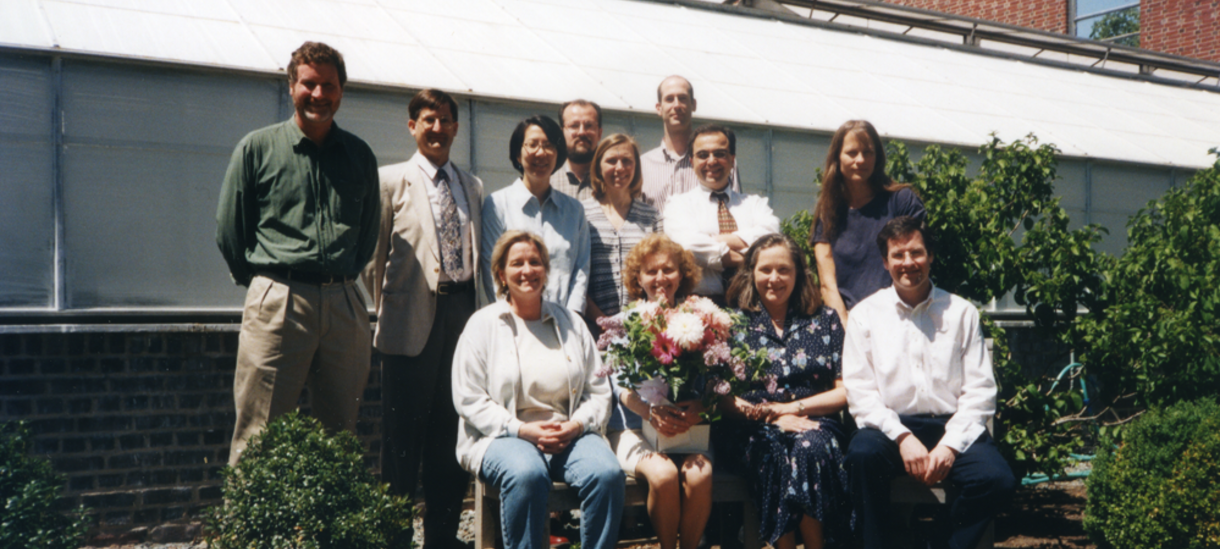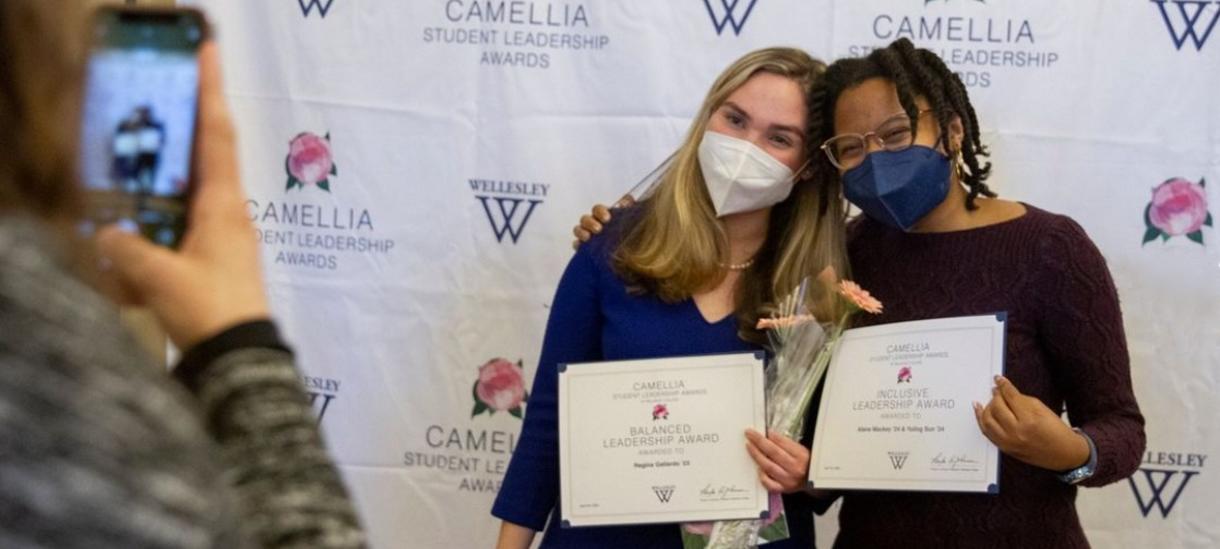The Present Day
In recent years, the Computer Science department has been making an effort to expand and support inclusivity and diversity at Wellesley and in the world. CS faculty have worked to reflect on their own experiences and knowledge about racism and are working towards building our CS community to be stronger together. In 2019, the department approved the Computer Science Community Values Statement. Professor Stanley Chang (Mathematics) and Professor Sohie Lee (Computer Science) taught a First-Year Seminar in Fall 2021 for first-gen and/or low-income students, MATH 124Y, that was intended to give a boost to disadvantaged students interested in pursuing Computer Science or Math. Prior to MATH 124Y, Professor Chang, Professor Lee, and Professor Oscar Fernandez (Mathematics) ran WESI (Wellesley Emerging Scholars Initiative), a learning community program designed to recruit, support, and retain underrepresented students in STEM majors.
Much of this work in the CS department has been student-driven. Sarah Abdulkerim (‘22) worked with Professor Sohie Lee on two projects, one collecting data about microaggressions experienced by underrepresented minorities in CS classes via surveys and focus groups and generating a list of suggestions for faculty to make their classrooms more welcoming, and the other organizing and hosting a lecture series called Empowering Women of Color in Technology during Fall 2020. Sarah won the 2022 CS department spirit award for her DEI leadership. Gaby Inchoco (‘22) designed inclusive tutor training modules that can be used independently or in sequence to increase our CS tutors’ collective awareness of inclusion, and won the 2022 CS department Rhys and Laurel Price Jones Team Leadership Award for her tutor training work. Lana Abdi (‘24) is collecting climate data from Black students in STEM about their experiences at Wellesley. Alana Mackey (‘24) and Yuling Sun (‘24) are building a curated CS resource bank website aimed at students who arrive at Wellesley curious about CS. The website will launch later this year. Alana and Yuling won the 2022 Wellesley Camellia Award for Inclusive Excellence. The work of our students to change and transform the department reflects their drive to change and transform the world.
One current prominent effort to highlight diversity in CS is our “Wellesley in Tech” project, displaying digital posters of non-binary folks and women of color in technology as inspiration to our current CS students. Almost all the role models in technology who are celebrated by the popular media are white males; however, our students are inspired by outstanding female and non-binary role models. If our students can see bold reminders in academic settings that there are people of color thriving in STEM, this can influence how they see themselves with respect to the field of Computer Science. This project, spearheaded by students Audrea Huang (‘22) and Julie Lely (‘23), has launched in time for the Fall 2022 semester; the posters, featuring profiles of Wellesley students and alumnae who are pursuing careers in tech, are now being displayed on the monitors in the Science Center and the CS labs, so that students of color can look up at role models to inspire and represent them and their promising futures in the field.
Following two very popular CS courses taught by 2015-2017 Hess Fellow Sravana Reddy, one in Natural Language Processing and one in Machine Learning, it became very clear that there was great eagerness among our students for data-centric courses and other opportunities to work with so-called "big data". The College addressed this reality by first establishing a Statistics minor, to provide the rigor that working with data needs, followed in April 2019 by the approval of a structured individual major in Data Science. The course plan for the major requires students to take CS 111 and CS 230 and at least one or two CS electives. Furthermore, students can create their own concentration in Data Engineering, which typically means completing three 300-level CS courses such as CS 304 Databases, CS 305 Machine Learning, CS 315 Data and Text Mining for the Web, and CS 333 Natural Language Processing. Wellesley students have embraced this new major with a lot of enthusiasm. Starting with only three graduating majors in 2020, the number of majors has increased to 17 for the Class of 2022. A highlight of the major is the capstone requirement, in which students can demonstrate their data science skills by completing a research project and presenting it to the community. As the major grows and we learn more about students' needs, a larger number of them are taking more CS courses than required, to strengthen their programming and algorithmic skills.
Starting in 2018, the Science Center has undergone a major renovation, marking the largest construction project that the College has undertaken in over a century. Although the COVID-19 pandemic disrupted the process, the construction work wrapped up in time for the Fall 2022 semester. New buildings include the Research, Innovation, and Teaching Building; the Angle Building, which houses the Frost Center for the Environment; the Chao Foundation Innovation Hub; and several reimagined spaces in the E-wing, such as the Horticulture and Ecology Lab. The complex is also on target to achieve LEED Platinum Certification for sustainable design. The new buildings’ open classrooms, windows, and common spaces are designed to make science visible and accessible. The interdisciplinary laboratory spaces will bring together faculty and students from different departments to explore some of the grand challenges of our time, from understanding the human brain and behavior, to developing sustainable food and agricultural systems, to addressing racial and gender bias in artificial intelligence.
New additions to the Science Center include spacious computer lab classrooms, which were designed for pair programming and active learning, as well as a new Playable Media Lab, which will house new high-end computing equipment to support development of interactive media, such as Digital Gaming and Virtual Reality. The Playable Media Lab will host events throughout the year and be the primary location for CS 121 Intro to Game Design, CS 221 Digital Worlds for Gaming, and CS 321 Extended Reality. This lab is also designed to complement other Media Arts and Sciences affiliated spaces, such as a new space for the Human-Computer Interaction Lab, which now includes large-scale interactive wall and tabletop displays and a driving simulator, as well as the Media Arts Lab in the Jewett Art Center.
To The Future
As the field of Computer Science continues to shift, we continue to constantly re-evaluate and update our curriculum. We are always working to determine the best tools and approaches to inspire and empower our students to become ethical leaders and innovators in computing and tech. Over the decades, change has remained the one constant. The study of Computer Science at our next decennial anniversary will be far different from today. Our department will be too. We look forward to the challenge.
